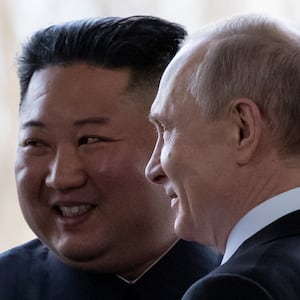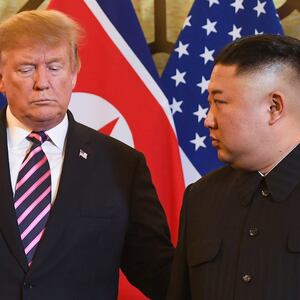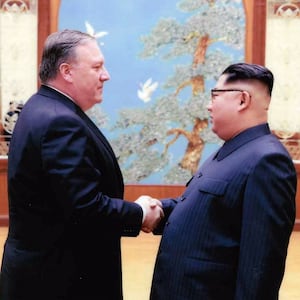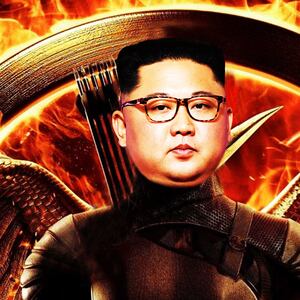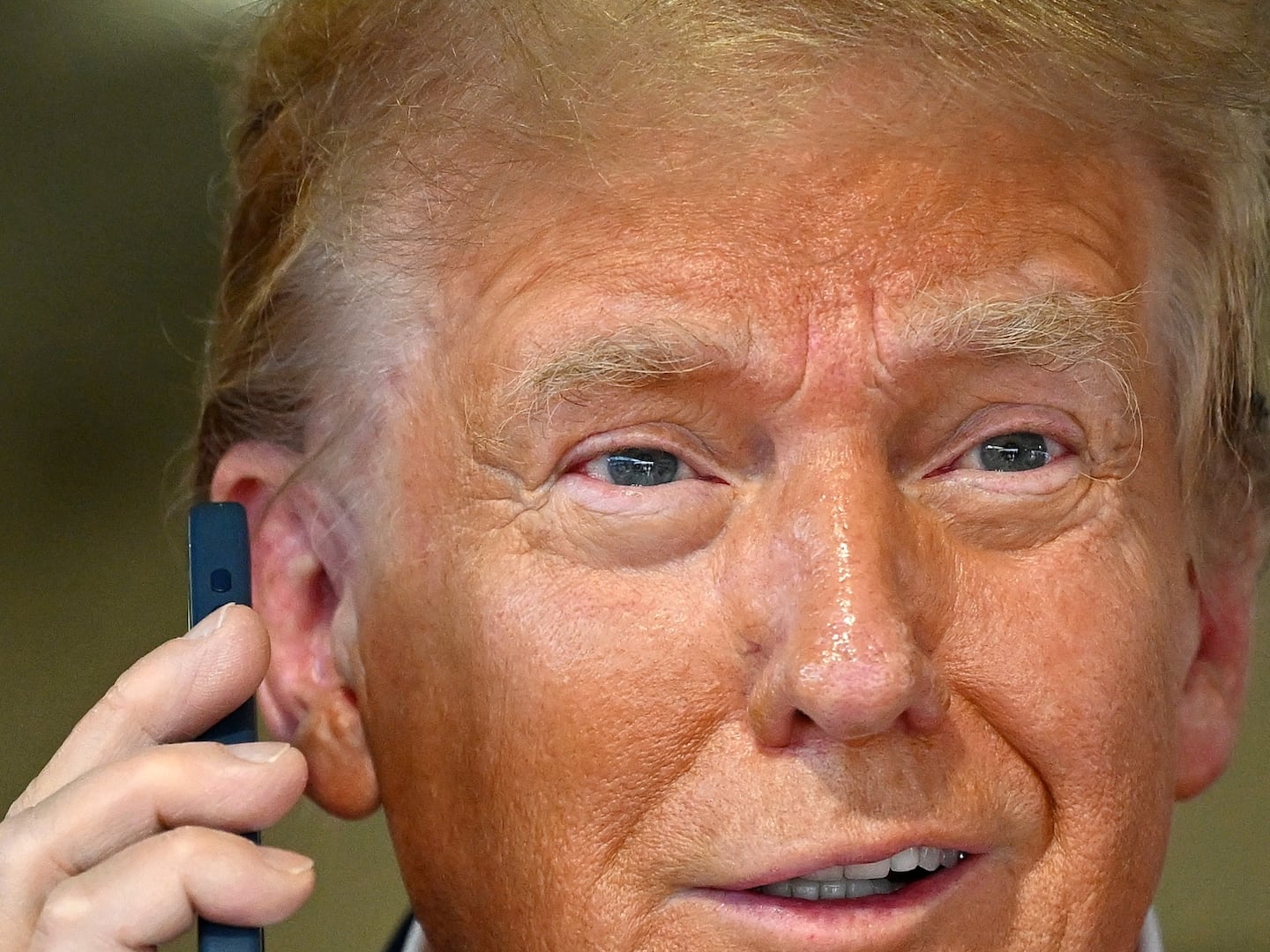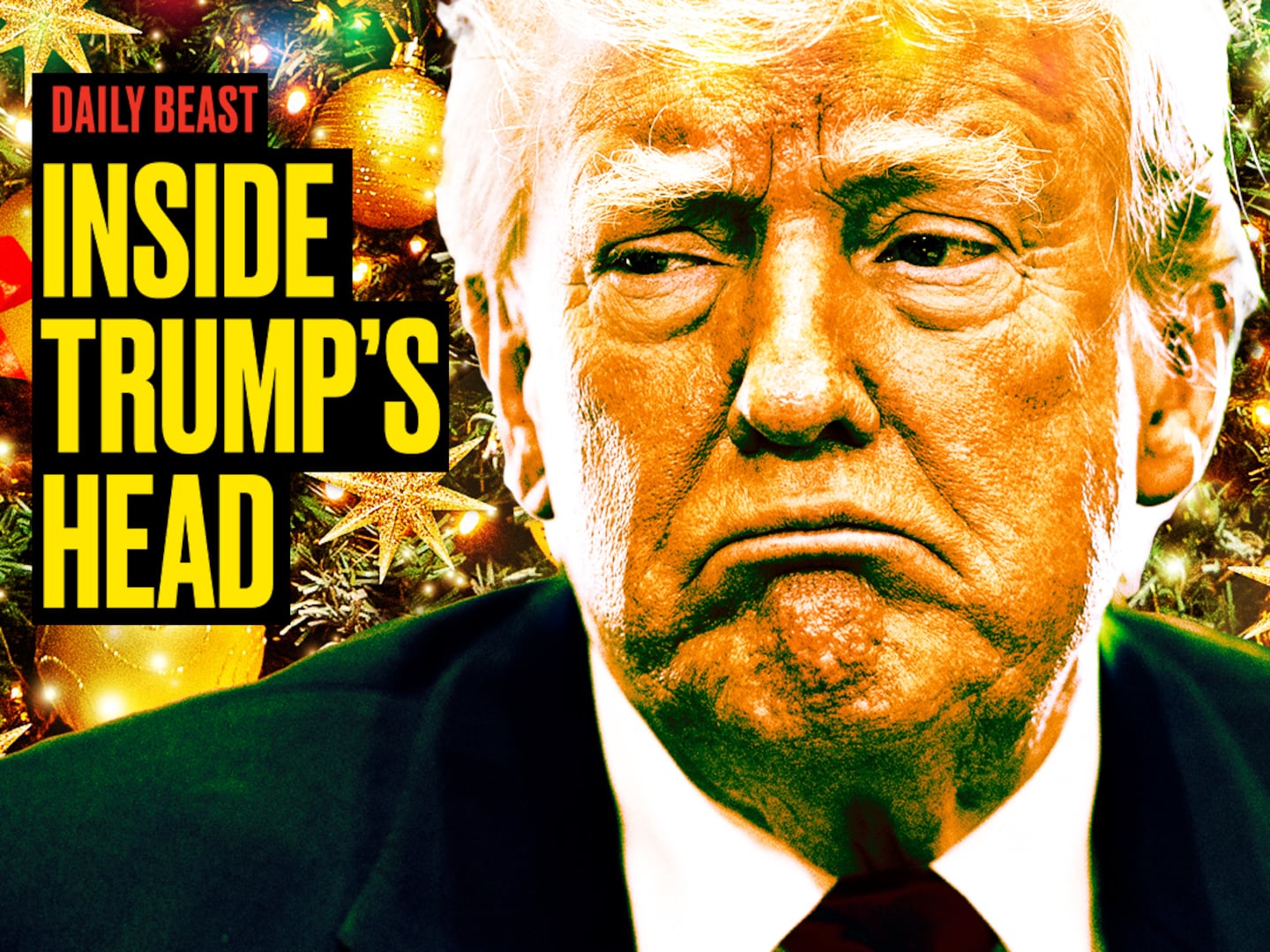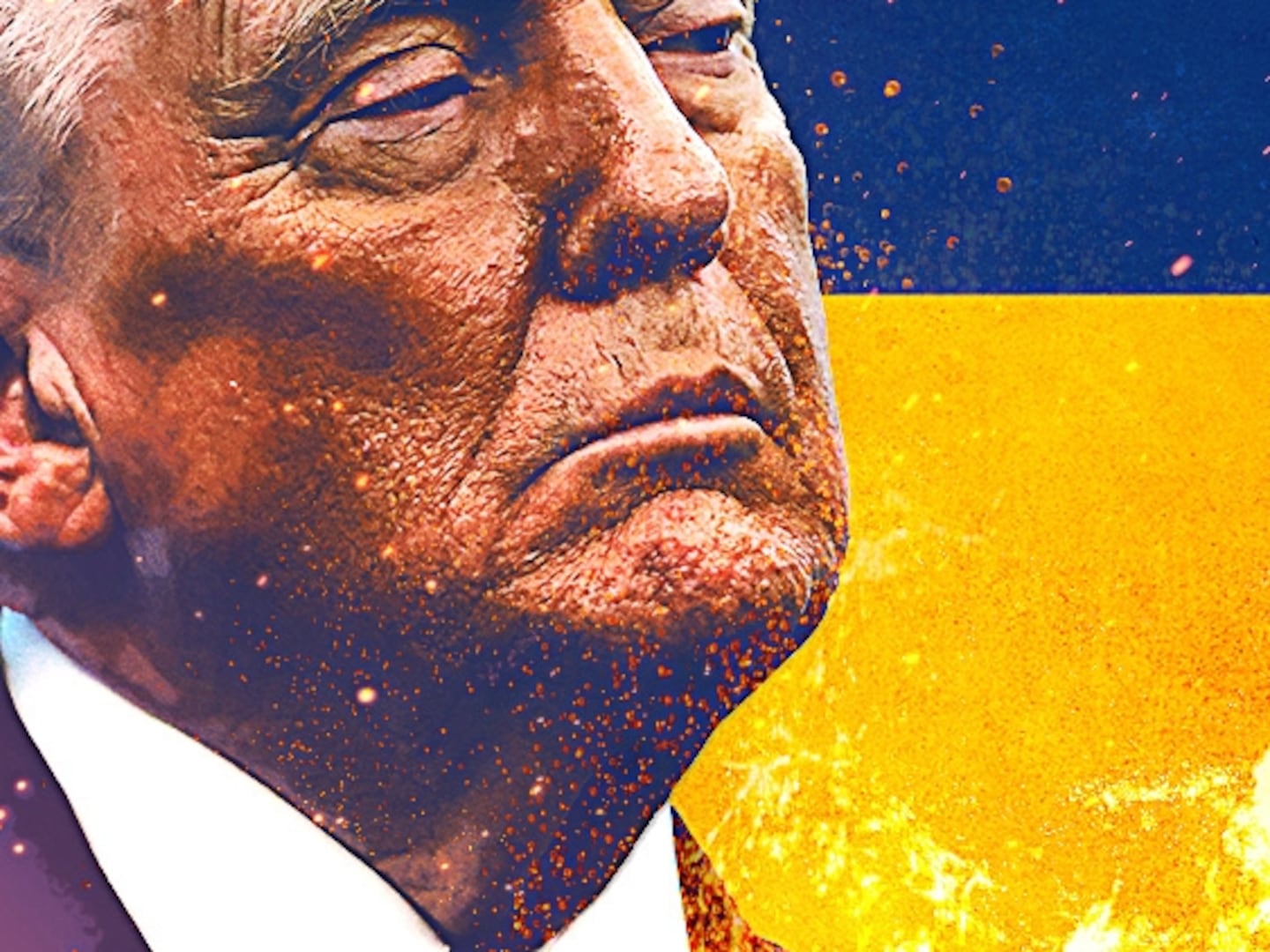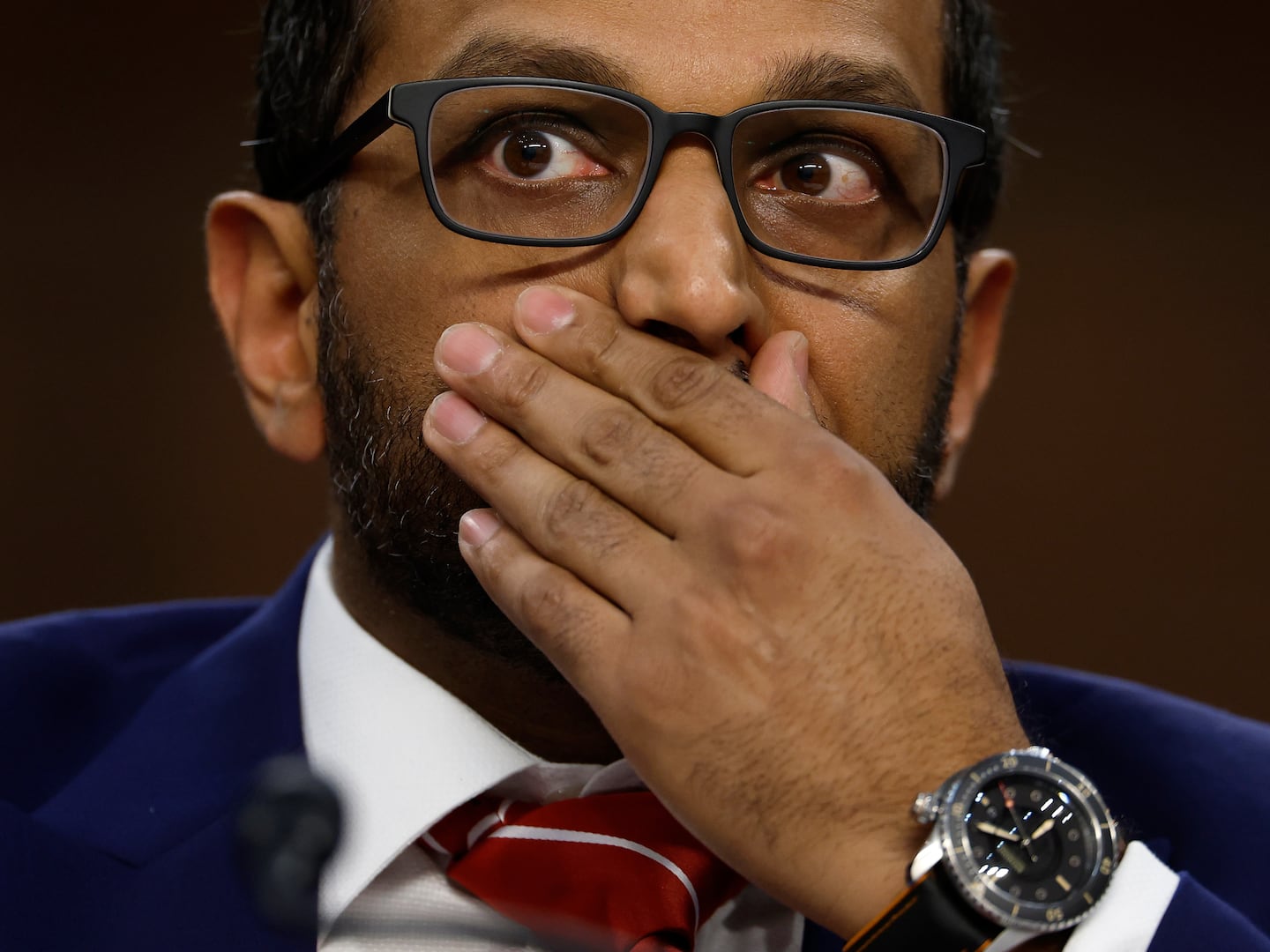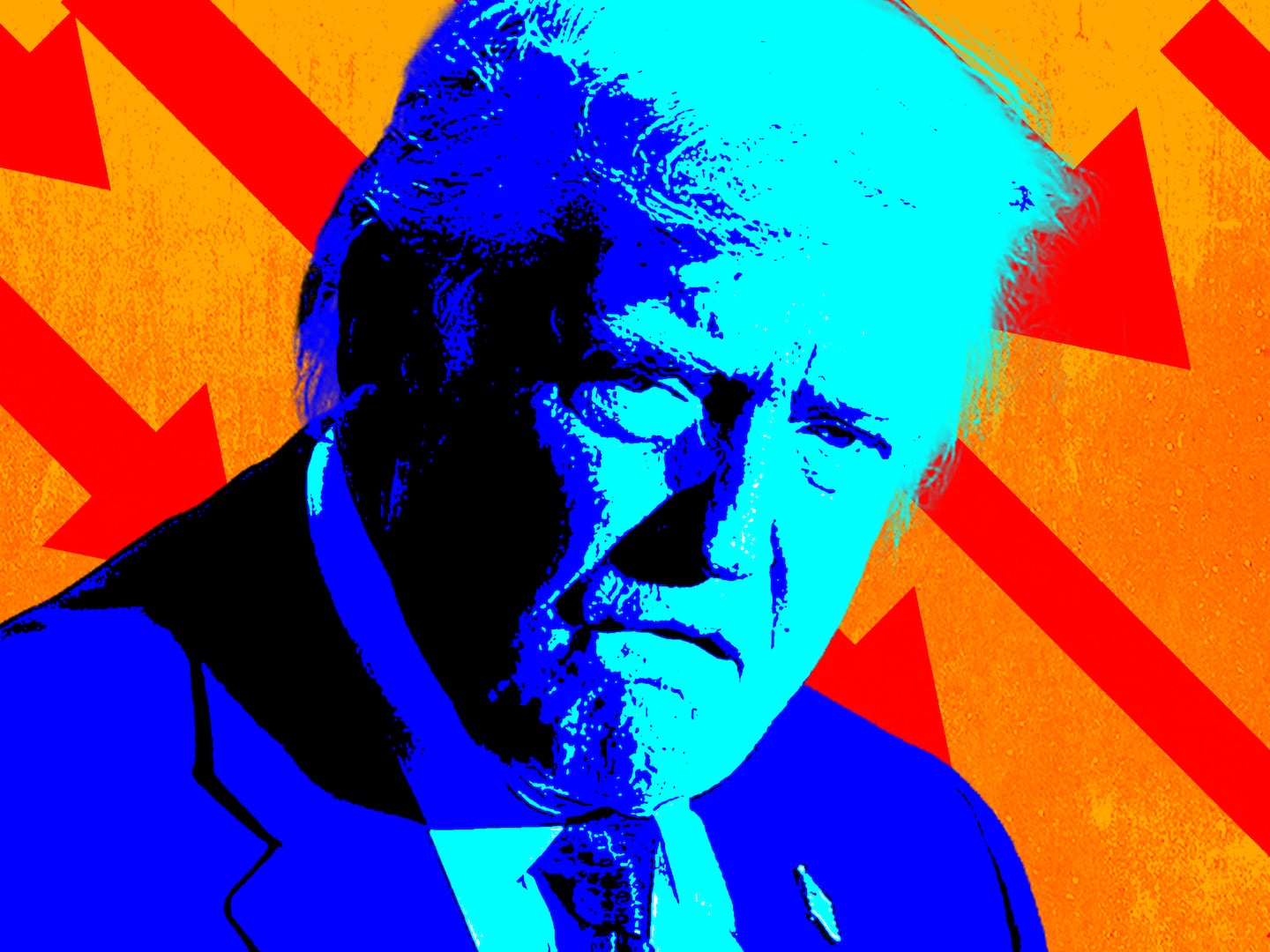North Korea launched a missile for the first time in 522 days on Saturday morning, but it’s hard to be surprised. And much will depend on Washington’s reaction.
In a speech in April, North Korean leader Kim Jong Un made it clear that he wasn’t happy with the way the last summit with U.S. President Donald J. Trump, in Hanoi, had turned out.
There, it became obvious that the grand bargain for North Korea to give up, in one stroke, all its nuclear weapons and delivery systems in exchange for a complete lifting of sanctions and massive aid—which Trump wanted to claim was a done deal after his first meeting with Kim last year—is not at all what Kim has in mind. His preference has long been a gradual step-by-step approach, building trust and confidence along the way. That process can last for years, leaving Pyongyang’s nuclear program still fundamentally intact in the short-run.
Russian President Vladimir Putin, who met with Kim last month, supports confidence-building gradualism. Putin’s office says he told Trump as much in their long phone call on Friday, “stressing that Pyongyang’s good-faith fulfilment of its commitments should be accompanied by reciprocal steps to ease the sanctions pressure on North Korea.”
So, when confidence building doesn’t work, a bit of confidence busting is in order, and that’s now happening on both sides. Kim’s making clear that his patience is limited.
Kim really wasn’t happy with two specific recent developments: the fact that the United States and South Korea had pushed ahead with military exercises and that the U.S. conducted an apparently successful missile defense test against a target that was designed to simulate an intercontinental-range ballistic missile (ICBM) of the sort that might be launched by North Korea in a war.
Kim warned that these actions—just additional evidence, in North Korea’s view, of the United States’ decades-long so-called “hostile policy” against it—would “bring our corresponding acts.” The basis for a tit-for-tat had been set up.
While Saturday’s launches will have evoked unpleasant memories for the residents of Seoul and Tokyo, who spent 2016 and 2017 waking up every couple to news of North Korean missile launches, it wasn’t the first sign of Kim’s turn toward his old ways. In April, the North Korean leader presided over a “tactical” weapon test—one that was carefully calibrated to not rise to the level of a missile launch resulting in major news alerts the world over.
Whatever Kim launched on Saturday, South Korea’s military managed to pick it up on its terrestrial radars. That led to the release of a statement that North Korea had launched “short-range missiles” early on Saturday. This alert was later revised by South Korean authorities to the more anodyne-sounding word “projectiles.”
Not all projectiles are missiles, but all missiles are projectiles. There’s a particular sensitivity around the word “missile,” especially if you’re South Korean President Moon Jae-in, who has put his credibility on the line with his North Korea diplomacy.
Trump staked his own deal-making reputation on the claim that his agreement to meet with with Kim at least ended North Korea’s missile launches.
So, Saturday’s actions could mark a tipping point, and we might imagine a return to the days of “fire and fury” last seen in the second half of 2017 should the White House overreact.
A little more than one year ago, Kim unilaterally announced that North Korea would no longer test ICBMs—not in this case to build confidence with the United States, but because Kim claimed the technology had been fully validated over the course of testing in 2017.
Trump would cling to Kim’s promise–and oversell it. At the press conference after the collapse of the Hanoi summit, Trump claimed Kim said “he’s not going to do testing of rockets or missiles or anything having to do with nuclear.”
We don’t know what Kim may have told Trump privately, but his commitment in public only barred him from testing the real big missiles: the ones capable of reaching the United States.
What’s true of whatever North Korea tested on Saturday is that it is assuredly not a nuclear-capable system. North Korea’s known nuclear warhead designs are too large to be fitted comfortably onto whatever short-range projectiles were fired off on Saturday. That’s an important distinction, and a signal or gradualism. In the same vein, Kim also withheld any nuclear-capable assets from his parade in September 2018, right before his third summit with Moon Jae-in.
Now, he's only testing “tactical” systems and short-range weapons—ones without a clear nuclear role. If the White House chooses to seize on that salient fact, it could keep a fig leaf on the negotiating process. In effect, the tests are similar to the way North Korea often has reacted to major U.S.-South Korea exercises.
Saturday’s launches also are about more than just Trump and the United States. For Kim there are domestic issues. The launches convey a degree of seriousness about national defense after the embarrassment he faced in Hanoi.
In March, North Korea’s First Vice Minister for Foreign Affairs Choe Son Hui told diplomats gathered in Pyongyang that Kim had faced “petitions” from domestic groups, including “officials of the munitions industry,” warning him not to go to Hanoi to talk to the United States.
But in this scenario Kim Jong Un went out on a limb and ended up with nothing. Since his return, not only has Kim conducted two significant weapons tests, he has underscored the importance of national defense.
In the same speech last month where he criticized the United States, Kim emphasized the importance of a “self-reliant national defense” for North Korea and several prominent officials known to be associated with North Korea’s missile programs were seen for the first time in state media reports since 2017. The rocket-men were back.
In South Korea, Saturday’s launches will give ammunition to critics of Moon’s engagement with Kim. In particular, critics will argue that Kim’s move represents a clear violation of the spirit and the letter of the September 19, 2018, inter-Korean Comprehensive Military Agreement, which has seen remarkable successes in implementation so far.
Article 1 of that agreement commits both sides to cease all “hostile acts” against each other; North Korea’s launches are in violation. In Pyongyang’s view, the recent defensive U.S.-South Korea exercises—particularly a recent joint aerial exercise—are also evidence of Seoul violating the pact.
None of this portends well for the course of diplomacy this year, but for the moment it does not shut any doors. North Korea has set a clock ticking for the end of the year. As Kim warned in his New Year’s Day message even before the Hanoi summit, the United States only had so much time before North Korea’s patience would run out. Saturday’s launches are yet another reminder to Trump about what stands to be lost: this time it was a small missile, but it might not be so small in a matter of weeks or months.
U.S. Special Representative for North Korea Stephen E. Biegun is bound for Seoul and Tokyo in the coming days, where he'll coordinate with allies. Meanwhile, National Security Advisor John Bolton, the greatest skeptic of engagement with North Korea, may seek to derail the route back to diplomacy.
Since Hanoi, Bolton has been conspicuously doing the rounds on Sunday talk shows, making clear that the administration is far from interested in the kind of step-by-step denuclearization process that North Korea has made apparent is the only way forward.
The realities of negotiating with North Korea are setting in now after Hanoi. If Trump thought he and Kim were in “love” last year, he may find now that it was more of a fleeting infatuation. The hard work that will be necessary to make their relationship work—and realize a third date—lies ahead.


